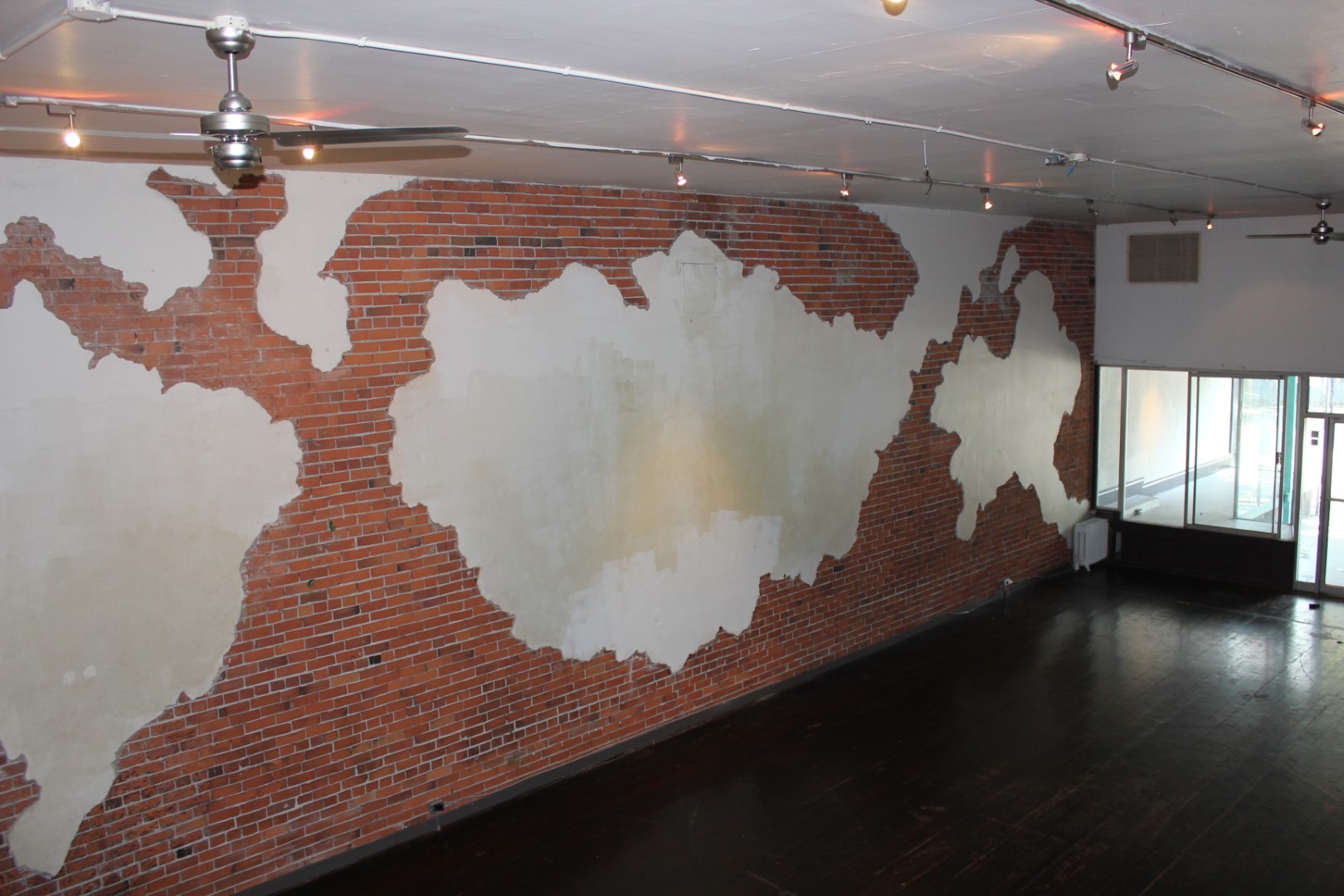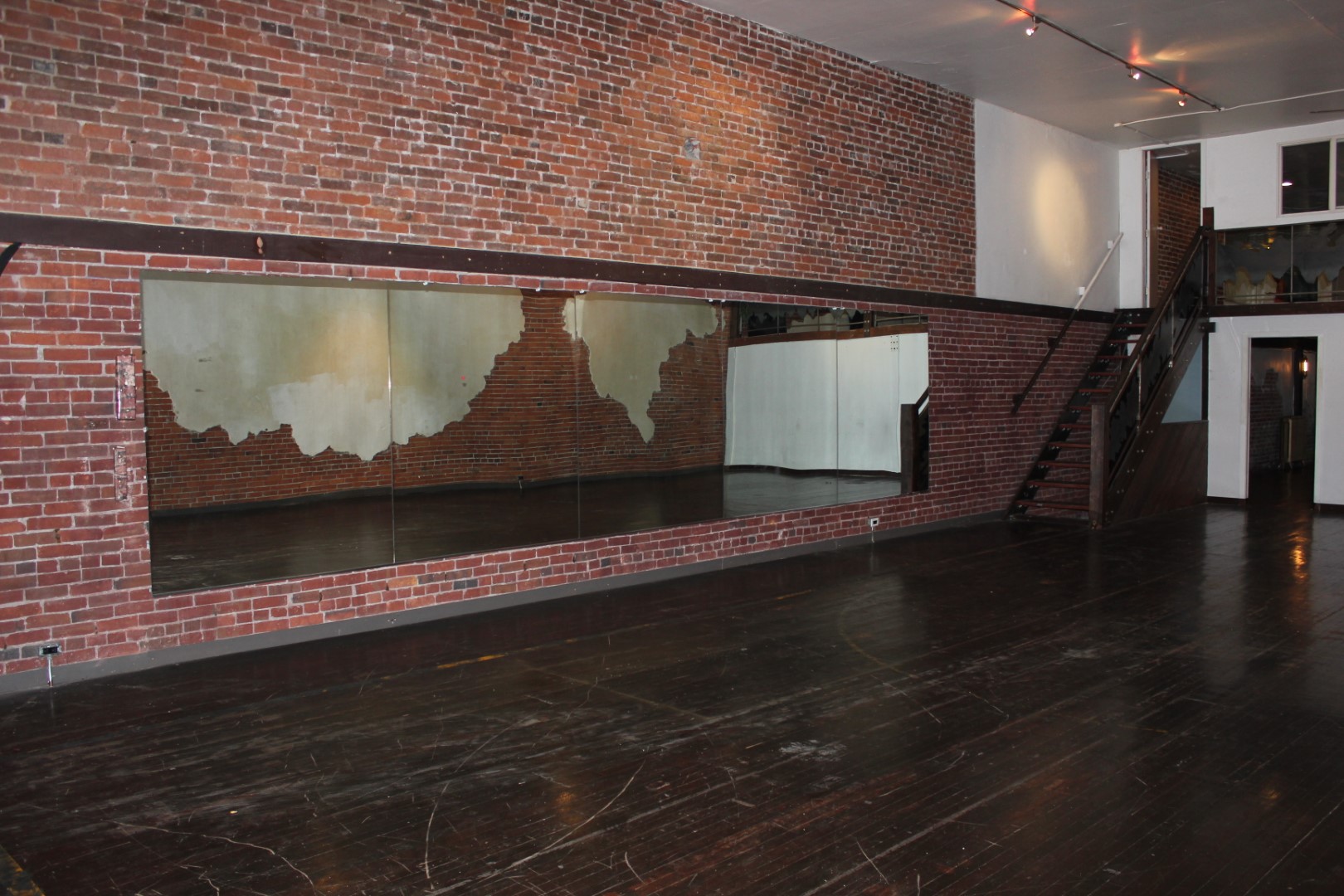
A spiritual approach to health
By CJ Sommerfeld, Staff Writer
What dimensions of well-being are included in your definition of “health”? What dimensions of well-being are included in your definition of “yoga”? How much overlap is there between these two terms? Karma Teachers—a by-donation yoga studio and teacher training school operating out of Vancouver’s Downtown East Side—is reinventing how (and to who) yoga is being delivered.
The Other Press got to virtually meet with the studio’s director Andrew Fredericks to discuss off-the-mat-yoga, how the pandemic helped him understand creative heath and device-health, and the studio’s reopening. Remarkably, each of these things are intimately intertwined.
Fredericks begins by reminding us that yoga is not so much an exercise regime as it is a lifestyle. “At first, yoga was a concept. That was something that I had to remove from the practice of yoga. It eventually shifted into a lifestyle—an ongoing practice.” He continues to tell us how one limb of the practice has outshone the other seven in the public’s eyes: “We primarily know yoga in the West as physical, but there’s eight different layers to yoga. The physical practice that we know, that’s so popular, is third on that list—according to Patanjali. One and two are the Yamas (restraints), and Niyamas (inner observances). These are our social and our personal ethical yoga practices; they’re principles that we practice and live by. And the key word is practice. By using that word, it can suggest there’s no way of mastering that, but can further encourage it in continuity. That is the off-the-mat yoga; that is what we take into our day-to-day lives. We’re not just coming to this magic carpet to do our movements and be a totally different person inside of that [yoga mat]. Off the mat is very important; that is the further practice of yoga.”
“We’re not just coming to this magic carpet to do our movements and being a totally different person inside of that [yoga mat]. Off the mat is very important—that is the further practice of yoga.”
– Andrew Fredericks, Karma Teachers yoga studio director
The remaining five limbs of yoga are pranayama (breath control), pratyahara (deprivation of the senses), dharana (focus), dhyana (meditation), and samadhi (absorption). Fredericks reminds us, “we are not experts in yoga or Sanskrit, but according to various literature, translations of Sanskrit to yoga are not direct or as easy as other languages. When we use the words Yamas, Niyamas, and Asana we can’t suggest that they mean one exact thing because translating Sanskrit to English is complex.”
45 West Hastings has been the home to Karma Teachers since it opened its doors in 2012, however, they have vacated the space during COVID. “Karma went through a bit of a split last year, and right now it’s Phoenix that’s in the space; Karma has gone to more of a digital studio,” Fredericks tells the Other Press. For those who are not eager to go back to in-studio classes, no need to worry, Fredericks tells us how the Karma team is also working on creating an online database with a library of downloadable content.
Karma Teachers is, however, moving away from their digital studio, and back into their heritage space on West Hastings, with a soft opening happening September 1. This location is special to the non-profit, Fredericks tells us, “Karma has always been located in a place where it’s been able to help people.” What is Fredericks and the Karma team hoping to see following the studio’s reopening? “We’re hoping for guests to feel more comfortable and more welcome. […] We want to see guests returning, we have a huge mailing list which shows that we have had a lot of people who have come through the doors and into a building in one of the worst neighborhoods in Vancouver.”
As someone whose always found the community at Karma Teachers welcoming, I asked Fredericks if he believes that space fosters social health. “I can’t speak to […] what makes everybody feel socially comfortable because […] it’s a lot to make everybody feel [that]. […] But if the past 15 months has taught the world anything, it’s that social health is easily in the top-running. We have a number of guests who just prefer to come for classes because they get their social comforts elsewhere. And, we have guests who come to the studio in search of social comfort. […] The studio will always do their best to set the tone for [either].”
Mentioning social health was the perfect segue into chatting about social media. How does Fredericks suggest we foster healthy social media practices? “Take back your power around how you use social media. It’s a tool, and a device that we (with conscious means) have the ability to control—rather than being controlled by it. […] Bringing some awareness and control to this, can bring up some time and space to either seek more external social interactions, or build up more social connection that we have with ourselves. Devices are just taking us so far away from that and I think over the last year, [COVID] could be something that has opened our eyes up to it, or it could have just deepened us into the hole.”
Fredericks continues to tell the Other Press how refining his social media and device health has contributed to heightened self-control in his meditation practice. He explains that gaining control over his devices gave him the tools to improve his dhyana. “Through meditation and practice, I started to notice that action [of constantly turning to his phone], and then just stop. I started to get really conscious: ‘what do I need to go to my phone for?’ ‘what is there, that I can’t find right here?’ That’s what would develop that curiosity around ‘what can be found in meditation?’ Five minutes maybe can extend to 20 minutes. If we’re just taking time for ourselves to breathe, to hear the sounds outside, to notice any tensions or sensations in the body. Five minutes doing that and it can just keep going and going. […] Taking control in some balance to these two things, there’s much to discover.”
“Through meditation and practice, I started to notice that action [of constantly turning to his phone], and then just stop. I started to get really conscious: ‘what do I need to go to my phone for?’ ‘what is there, that I can’t find right here?’ – Andrew Fredericks
Fredericks notes that similar to the focus he receives when turning of his social media and device notifications, the time spent away from society during COVID has also decluttered his mind and allowed him to better focus on creative endeavours. “[Prior to COVID] there was no room for my creative expression to come out. Everything was in here and in here,” he says as he points to his head and heart. “But it was staying in there. […] I could never finish anything; I could never put anything onto paper and complete it. I’m only coming to realize that now, it’s taken a tremendous amount of time with myself [to have] the mental space to allow for it to come out.”
What principles can we learn from Karma Teachers and Fredericks to incorporate into our own lives? Which of these will improve the dimensions of health that are absent in our day-to-day lives? “Karma Teachers hopes that its services will be helpful to those who need it. The world has collectively just experienced a trauma.” Want to learn more? Practice with Karma? Volunteer? Donate? Check out the studio’s website.





